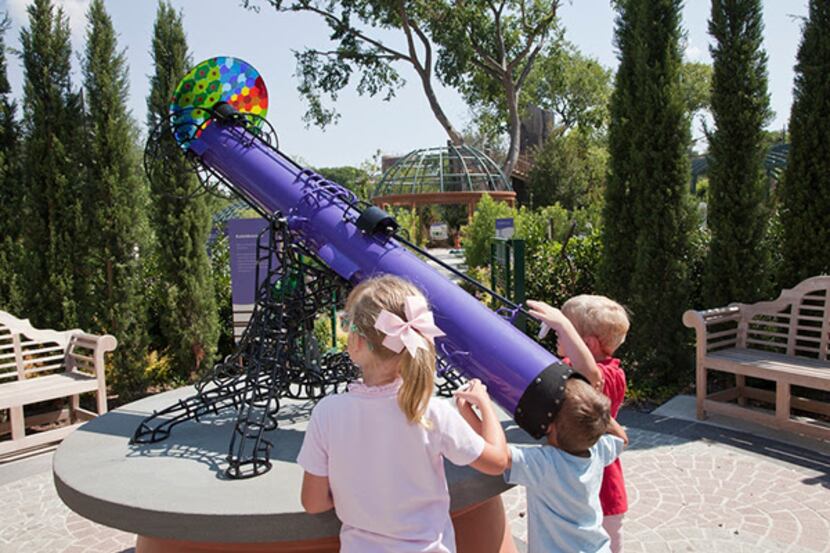Recently discovered comet Leonard will soon pass by Earth, giving skywatchers a once-in-a-lifetime chance to see the frozen space object.
The comet was discovered in January by Greg Leonard, a senior research specialist at the University of Arizona. Comets are frozen leftovers from the creation of solar systems and can be composed of gases and rocks, according to NASA.
When is comet Leonard viewable?
While already visible, people will have their best chance to see the comet when it’s closest to Earth on Dec. 12, said Levent Gurdemir, the planetarium director at the University of Texas at Arlington.
After that, comet Leonard will be dimming from the sky and, by the end of the month, may no longer be visible as it travels further from Earth, Gurdemir said.
When is the best time to spot the comet?
Comet Leonard is most visible early in the morning when sky conditions are better, Gurdemir said. Light pollution from the surrounding environments is low around 4 a.m., giving a better viewing experience.
Do I need special equipment?
The comet is visible by the unaided eye, but using binoculars or a telescope will give off a better picture, Gurdemir said. Comet Leonard will look like a fuzzy object with a growing tail behind it, which is made of evaporated water.
With the comet being millions of miles away from the Earth, it would take an extremely powerful telescope to actually see the color of the object, Gurdemir said.
What makes the comet Leonard special?
In the solar system, all of the planets and most objects orbit around the sun in the same direction, but comet Leonard is moving in the opposite — or retrograde — direction, Gurdemir explained.
It’s not known exactly why the comet is in a retrograde motion, but is more than likely a result of a collision on its way to Earth, he said.
What happens after the comet passes by Earth?
The comet will pass by Earth and be closest to the sun on Jan. 3. As the comet gets closer to the sun, it will start to evaporate. If there is a rocky core inside, it will swing around the sun and continue into the outer solar system, Gurdemir said.

